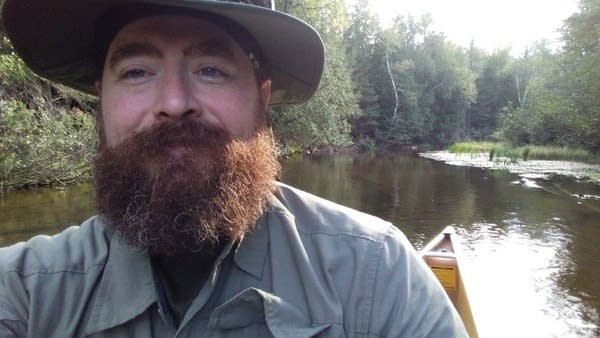Boundary Waters canoeist recounts harrowing high-water survival tale

Canoeist Dave Kasprak during a more placid trip to the Boundary Waters Canoe Area Wilderness. His May 2022 solo visit turned into a nightmare when he swamped due to currents caused by high water. He says he would have died had he not been wearing a life vest. He did however lose his camera and so has no record of the harrowing trip
Image courtesy of Dave Kasprak
Go Deeper.
Create an account or log in to save stories.
Like this?
Thanks for liking this story! We have added it to a list of your favorite stories.


